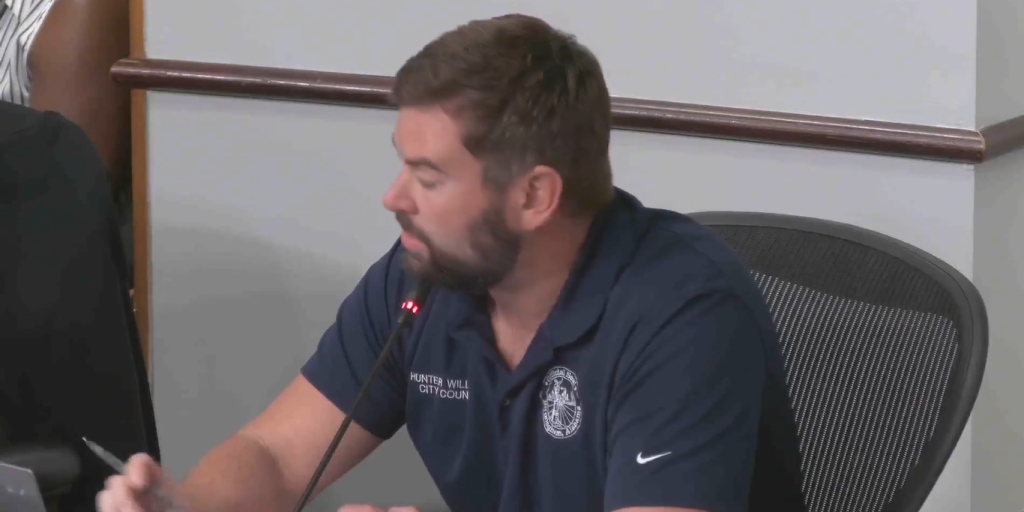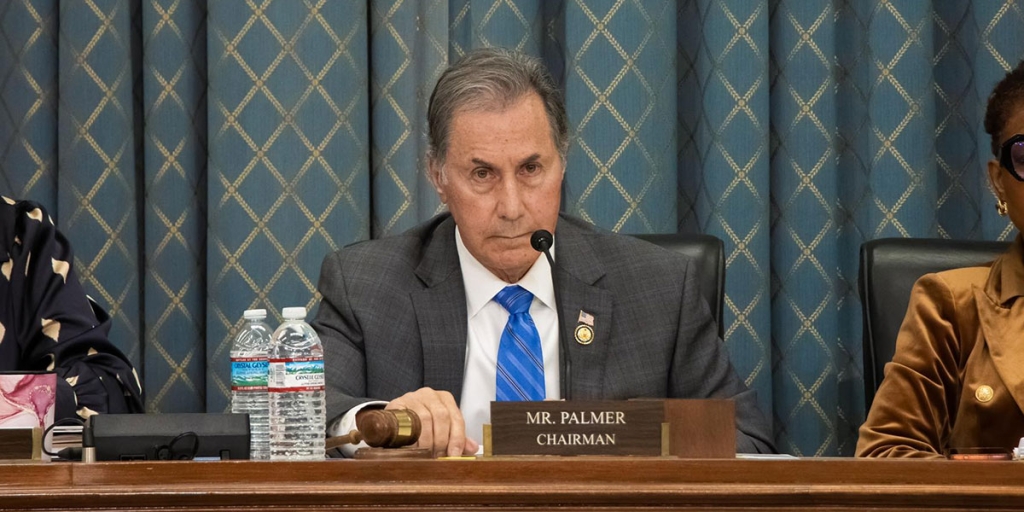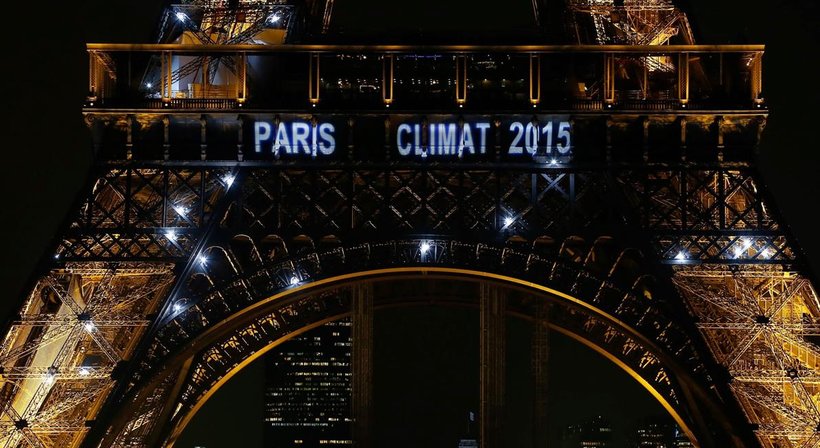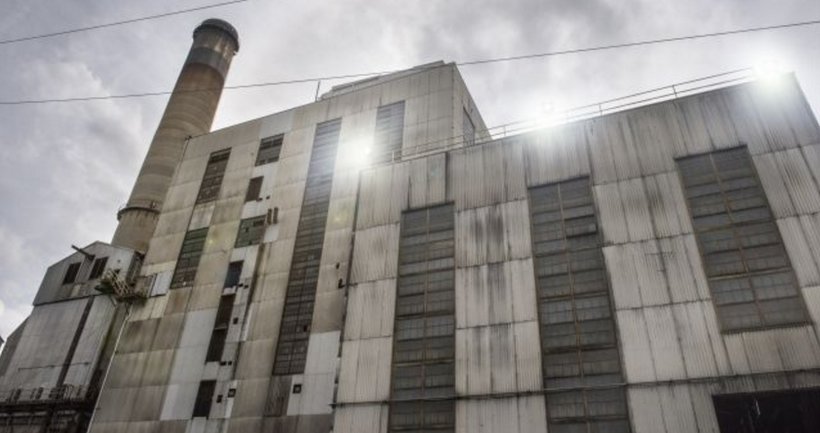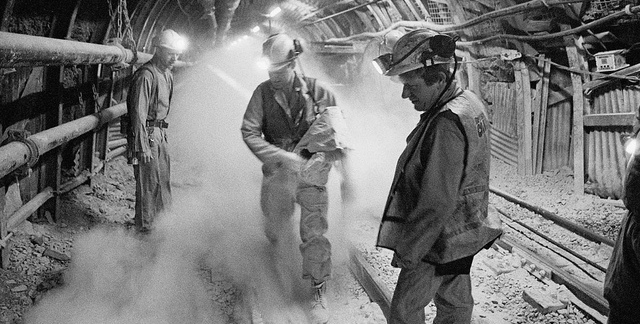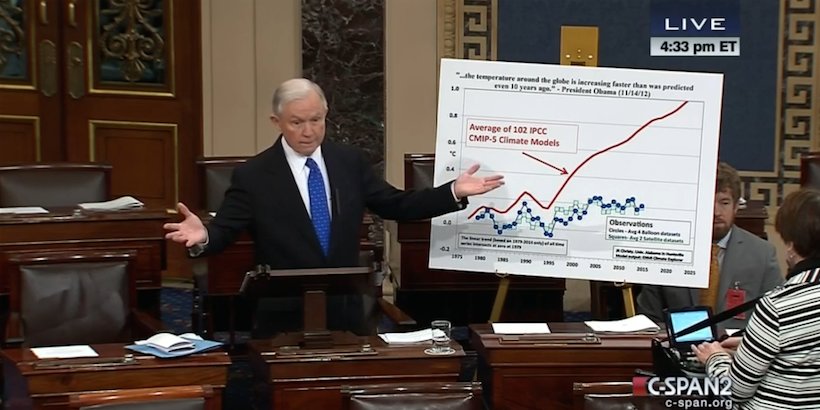
WASHINGTON — Sen. Jeff Sessions (R-Ala.) has a message for global warming alarmists: Cool it.
Alabama’s junior senator took to the senate floor this week to express his frustration with the Obama Administration and its Environmental Protection Agency, which is seeking to impose trillions of dollars of regulations on the American economy, due to what Sessions argued is at best faulty logic and at worst outright propaganda.
“The scare tactics that we’ve been hearing are not coming to fruition,” he said. “(Yet) many members of Congress want to take drastic action that would increase the cost of electricity and gasoline… It would virtually end coal production in the United States… They claim that the science of global warming is settled, but I suggest questions remain.”
To back up his claims, Sessions went full-on classroom mode on the Senate floor, including pulling out charts and graphs to illustrate his points.
Here are four areas he believes prove that imposing further environmental regulations on the economy is irrational.
1. Climate change models have been proven wrong
“Climate change models they have used to make their predictions have consistently proven to be incredibly inaccurate, predicting the Earth’s temperature would warm at a much faster rate than it ultimately did,” Sessions said. The red line on the chart pictured above shows the global warming predictions; the blue and green lines below it show the temperatures that were actually experienced.
2. Dire predictions about melting ice caps have been proven wrong
“A few years ago former Vice President Al Gore claimed the Arctic might be ice-free in the summer time by 2014,” Sessions laughed. “That was a prediction! Another study said it would be ice-free by 2029, but this past summer the ice coverage in the Arctic ocean was 43 percent greater than it was in 2012. That’s an increase the size of the state of Alaska, which is a pretty sizable state, for heaven’s sakes.”
3. Extreme weather predictions have been proven wrong
“When temperature data stopped supporting the applicants claims for global warming, they started warning that storms and droughts would worsen,” said Sessions. “But it’s now been nearly 3,400 days since the last major hurricane hit the United States… That’s almost ten years.”
Sessions cited the research of a professor who testified before Congress saying, “hurricane seasons in the United States are 20 percent less intense and have seen 20 percent less landfalls than in 1900.” He also noted another professor’s testimony that floods and droughts have actually occurred less frequently during the last three decades, in spite of predictions that the exact opposite would happen.
“From ’82 to 2012, I guess the greatest increase in C02 in the history of the planet… We’ve seen actually a decrease in droughts,” he said.
4. The costs of increased environmental regulations would cripple the economy
Sessions cited the testimony of a scientist who actually believes man-made climate change is happening, but said it is so minimal that the costs of implementing regulations to somehow curb it would be far greater than any potential benefits to society.
“When we impose a cost on the American people, shouldn’t that cost produce more benefit than the cost incurs?” He asked rhetorically.
In the early years of the Obama Administration when Democrats were fully in control of Congress, the President’s own party rejected Cap & Trade, which would have cost $161 billion in the first year alone and increase from there. For comparison, Sessions noted that “the amount we spend on education is about $100 billion, this would be $161 billion a year. Over a decade you’re talking $2 trillion hammered onto the American economy.”
After being rebuffed by Congress, the President sought to achieve his environmental goals through regulation, rather than through the legislative process.
“Now EPA is developing a rule called the ‘Clean Power Plan’ that will cost somewhere between $41 billion and $71 billion annually,” Sessions said. “(That’s) more than the road bill, almost as much as the education bill… On top of this, consumers will have to spend hundreds of billions conserving electricity. Electricity rates are going to increase by double-digit percentages throughout the country. These are the costs of only one of the regulations EPA is pursuing.”
“In total, Heritage Action expects the President’s climate (policies) will cost $1.7 trillion in lost GDP by 2030,” he concluded. “The cost of action far outweighs the cost of inaction, it seems to me. And that’s the basis of my concern about many of the extreme actions we are taking.”
Like this article? Follow me on Twitter and let me know what you think.
— Cliff Sims (@Cliff_Sims) December 3, 2014




